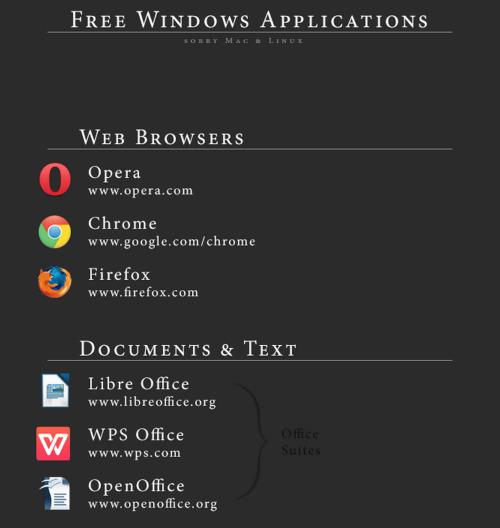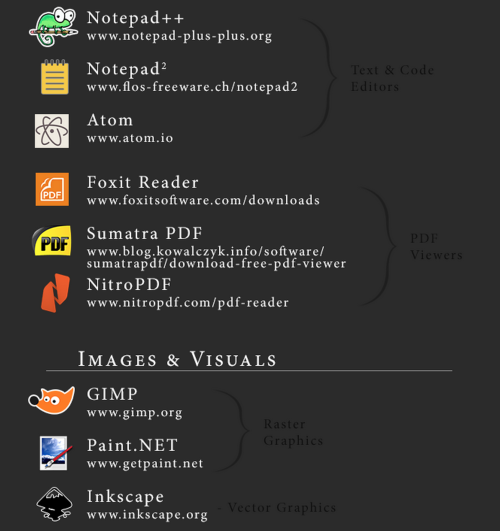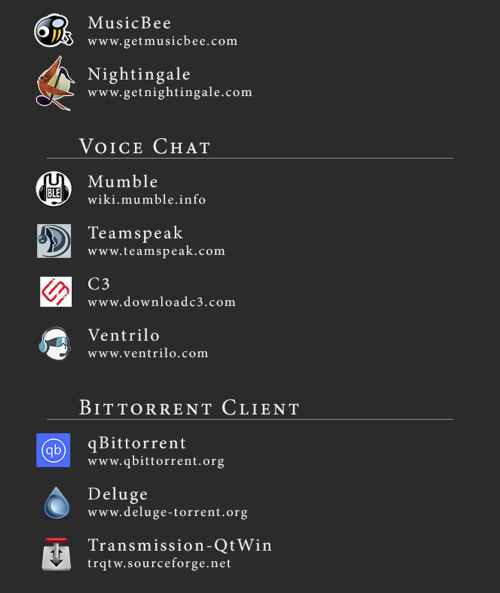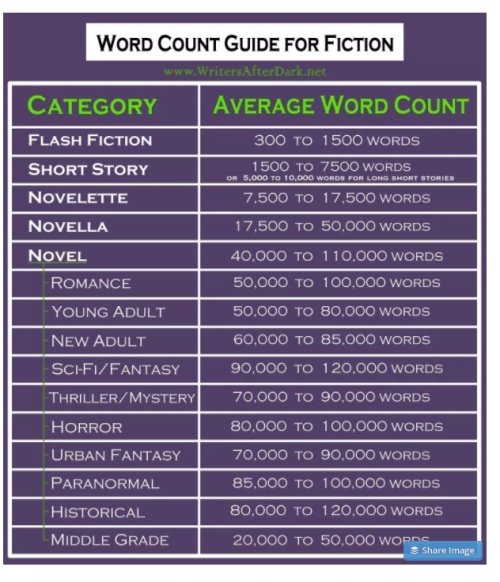People With Low Spoons, Someone Just Recommended This Cookbook To Me, So I Thought I’d Pass It On.
People with low spoons, someone just recommended this cookbook to me, so I thought I’d pass it on.
I always look at cookbooks for people who have no energy/time to do elaborate meal preparations, and roll my eyes. Like, you want me to stay on my feet for long enough to prepare 15 different ingredients from scratch, and use 5 different pots and pans, when I have chronic fatigue and no dishwasher?
These people seem to get it, though. It’s very simple in places. It’s basically the cookbook for people who think, ‘I’m really bored of those same five low-spoons meals I eat, but I can’t think of anything else to cook that won’t exhaust me’. And it’s free!




More Posts from Thejunkdrawers and Others
Dont know if you were joking about needing catboy references a couple of weeks back but here ya go
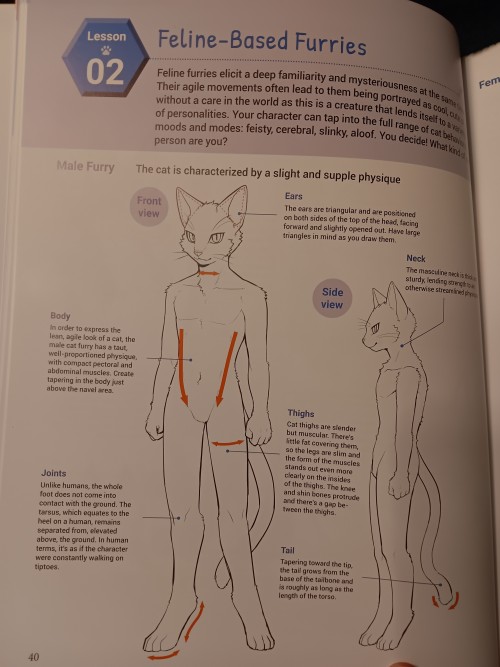






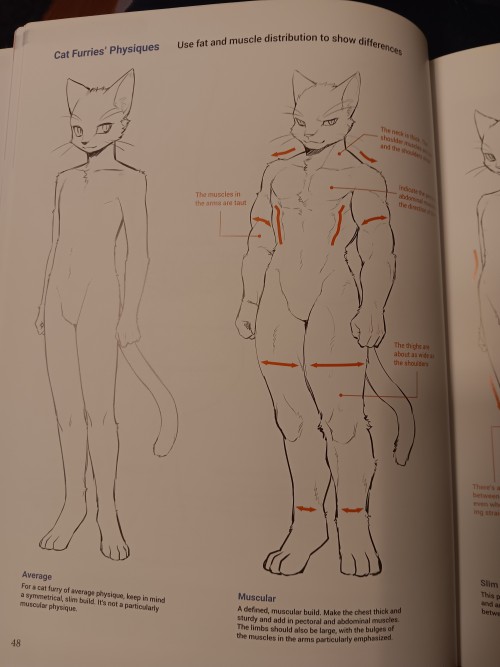


Theres one for sheep too if you need that

the sacred texts.... thank you for bestowing it upon me
Drawing For Nothing is out!
Forgot to announce this here but the first ten chapters for Drawing For Nothing have been released! For those who missed the last post, this is a free, digital art book for animated films that were either canceled or bombed due to complicated issues.
https://www.drawingfornothing.com/

More chapters are to come. A few highlights in the next installation will be My Peoples and Larrikins.
Also, if anyone wants to help research, feel free to send a DM! We're also working on a new cover that will feature custom artwork of various characters from these movies. If you think you got what it takes to draw in the style of another artist, we would appreciate the help!
I think we need to take the “what if the conventional monster was friendly?” thing in fantasy worldbuilding further. “What if the dragon was friendly?” and “what if the orcs across the valley were friendly?” are well and good, but I’m thinking more like “what if the animated skeletons in the local graveyard were friendly?”
I think with the animated skeletons in particular the key is to play up their separation from the living in a way that’s still kinda creepy, but in an odd way rather than a horrific way. Something like:
Animated skeletons are explicitly not just skeleton versions of the living people their bones came from, and in fact don’t seem to have much in the way of individual identity – or, at least, if they do, they don’t express it in the way that humans do.
They aren’t impaired by the loss of individual bones – including the skull! – and can freely swap bones among themselves. The same pile of loose bones won’t always animate into the same number or configuration of skeletons, nor does having more available bones necessarily translate into more skeletons.
Consequently, questions like “how many skeletons are there?” are difficult to answer.
Animated skeletons generally seem to understand both spoken and written languages, but don’t have much capacity for producing language; they don’t speak or write, and their capacity for signing is limited to stuff like nodding or shaking their head for “yes” or “no“, pointing to indicate objects or directions, etc.
In spite of this, they appear to be able to communicate complex information and ideas amongst themselves, but it happens via some undetectable, (presumably) non-language-based medium.
Their otherwise limited expressive capacity notwithstanding, skeleton “culture” (if that’s the word for it) is very big on making music. Instruments and sheet music are among the few material goods that skeletons value, though the former are typically limited to those that can be operated without breath.
(This generally means percussion and strings. Wind instruments that can be operated without breath are an occasional feature; pipe organs are a big deal in those skeleton communities that can get their phalanges on them, as are a modified form of bagpipes, operated by two-skeleton teams where one plays the music and the other inflates the bag with a portable bellows.)
Apart from music, skeletons are mostly into repetitive manual labour, though exclusively on a volunteer basis, as they’re uninterested in payment and will simply collapse into inanimate piles of bones if coerced. If you want a skeleton to do something for you, be prepared to explain why, in detail, to a silent, motionless, and expressionless audience.
Skeletons are notably more likely to heed a request from a priest or religious scholar than from laypersons. There are a lot of theories as to why this is; the skeletons themselves are disinclined to comment.
A skeleton with nothing better to do may squat like a gargoyle near some well-trafficked location and observe local goings-on, remaining motionless apart from turning its skull toward points of interest for days or weeks on end. It’s generally considered polite not to draw attention to their presence.
LOL listening to the One Punch Man mini drama CD now and at the beginning Genos is super in awe by Saitama’s speed t-shirt folding which he learned watching TV and I’m 100000% sure it’s this XDD
edit: translated by @aitaikimochi here
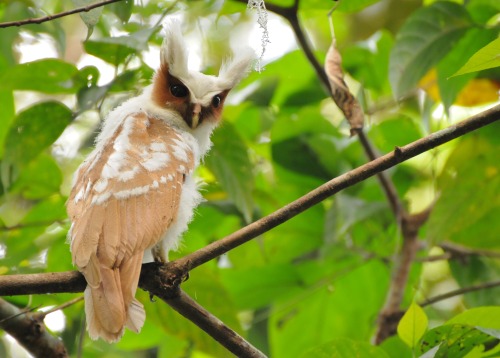
Juvenile Crested owl (Lophostrix cristata) - Christian Nunes
Classified as Least Concern by the IUCN, the crested owl inhabits lowland rainforests across a large range in Central and South America, and is common in undisturbed forests.
I’ve been a animals nerd for over three decades and sometimes I’m still just stunned speechless by the existence of an animal I didn’t know about

THIS IS GENUS PHYLLIROE.

IT EVOLVED JUST LIKE A FISH.

IT’S A GENUS OF SLUG.
-
 d-i-y-thatshit reblogged this · 3 weeks ago
d-i-y-thatshit reblogged this · 3 weeks ago -
 takecareofyourselfqt liked this · 3 weeks ago
takecareofyourselfqt liked this · 3 weeks ago -
 mealreminders reblogged this · 3 weeks ago
mealreminders reblogged this · 3 weeks ago -
 howlintherain reblogged this · 3 weeks ago
howlintherain reblogged this · 3 weeks ago -
 winter-wing reblogged this · 3 weeks ago
winter-wing reblogged this · 3 weeks ago -
 iden-tify reblogged this · 3 weeks ago
iden-tify reblogged this · 3 weeks ago -
 iden-tify liked this · 3 weeks ago
iden-tify liked this · 3 weeks ago -
 deafgottabez reblogged this · 3 weeks ago
deafgottabez reblogged this · 3 weeks ago -
 athena-theowl reblogged this · 3 weeks ago
athena-theowl reblogged this · 3 weeks ago -
 athena-theowl liked this · 3 weeks ago
athena-theowl liked this · 3 weeks ago -
 auroraromanova liked this · 3 weeks ago
auroraromanova liked this · 3 weeks ago -
 kittykatkatelol liked this · 3 weeks ago
kittykatkatelol liked this · 3 weeks ago -
 spacecatdraws reblogged this · 3 weeks ago
spacecatdraws reblogged this · 3 weeks ago -
 spacecatdraws liked this · 3 weeks ago
spacecatdraws liked this · 3 weeks ago -
 bbbellamywrites liked this · 3 weeks ago
bbbellamywrites liked this · 3 weeks ago -
 weneededthat reblogged this · 3 weeks ago
weneededthat reblogged this · 3 weeks ago -
 sydza reblogged this · 3 weeks ago
sydza reblogged this · 3 weeks ago -
 nocturne-of-illusions reblogged this · 3 weeks ago
nocturne-of-illusions reblogged this · 3 weeks ago -
 unwise-guy liked this · 3 weeks ago
unwise-guy liked this · 3 weeks ago -
 raincross liked this · 3 weeks ago
raincross liked this · 3 weeks ago -
 the-furry-butler reblogged this · 3 weeks ago
the-furry-butler reblogged this · 3 weeks ago -
 oceannocturne liked this · 3 weeks ago
oceannocturne liked this · 3 weeks ago -
 yourinsidesxrayed reblogged this · 3 weeks ago
yourinsidesxrayed reblogged this · 3 weeks ago -
 the-ornamental-hermit reblogged this · 3 weeks ago
the-ornamental-hermit reblogged this · 3 weeks ago -
 700snakes liked this · 3 weeks ago
700snakes liked this · 3 weeks ago -
 amultitudeofyellowrodents reblogged this · 3 weeks ago
amultitudeofyellowrodents reblogged this · 3 weeks ago -
 some-dragon-bastard liked this · 3 weeks ago
some-dragon-bastard liked this · 3 weeks ago -
 blubirdwatcher liked this · 3 weeks ago
blubirdwatcher liked this · 3 weeks ago -
 hexentart reblogged this · 3 weeks ago
hexentart reblogged this · 3 weeks ago -
 221b-fandom reblogged this · 3 weeks ago
221b-fandom reblogged this · 3 weeks ago -
 221b-fandom liked this · 3 weeks ago
221b-fandom liked this · 3 weeks ago -
 helianthus-studies reblogged this · 3 weeks ago
helianthus-studies reblogged this · 3 weeks ago -
 pruauslover reblogged this · 3 weeks ago
pruauslover reblogged this · 3 weeks ago -
 sunsetisle liked this · 3 weeks ago
sunsetisle liked this · 3 weeks ago -
 spite12121 reblogged this · 3 weeks ago
spite12121 reblogged this · 3 weeks ago -
 spite12121 liked this · 3 weeks ago
spite12121 liked this · 3 weeks ago -
 yusahana6323 reblogged this · 3 weeks ago
yusahana6323 reblogged this · 3 weeks ago -
 samfparker liked this · 3 weeks ago
samfparker liked this · 3 weeks ago -
 samfparker reblogged this · 3 weeks ago
samfparker reblogged this · 3 weeks ago -
 abttaw reblogged this · 3 weeks ago
abttaw reblogged this · 3 weeks ago -
 thepunmaster reblogged this · 3 weeks ago
thepunmaster reblogged this · 3 weeks ago -
 musing-gears reblogged this · 3 weeks ago
musing-gears reblogged this · 3 weeks ago -
 aro-pancake liked this · 3 weeks ago
aro-pancake liked this · 3 weeks ago -
 aira-besque liked this · 3 weeks ago
aira-besque liked this · 3 weeks ago -
 interplanet--janet liked this · 3 weeks ago
interplanet--janet liked this · 3 weeks ago -
 fangbangerghoul reblogged this · 3 weeks ago
fangbangerghoul reblogged this · 3 weeks ago -
 fangbangerghoul liked this · 3 weeks ago
fangbangerghoul liked this · 3 weeks ago -
 cryptidplays reblogged this · 3 weeks ago
cryptidplays reblogged this · 3 weeks ago -
 polkadot-posts reblogged this · 3 weeks ago
polkadot-posts reblogged this · 3 weeks ago

A side blog where I'll *try* to keep things organised.yeahthatsnotgoingtolastlong
241 posts

